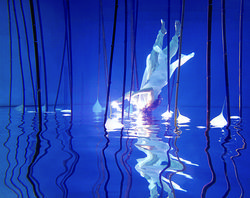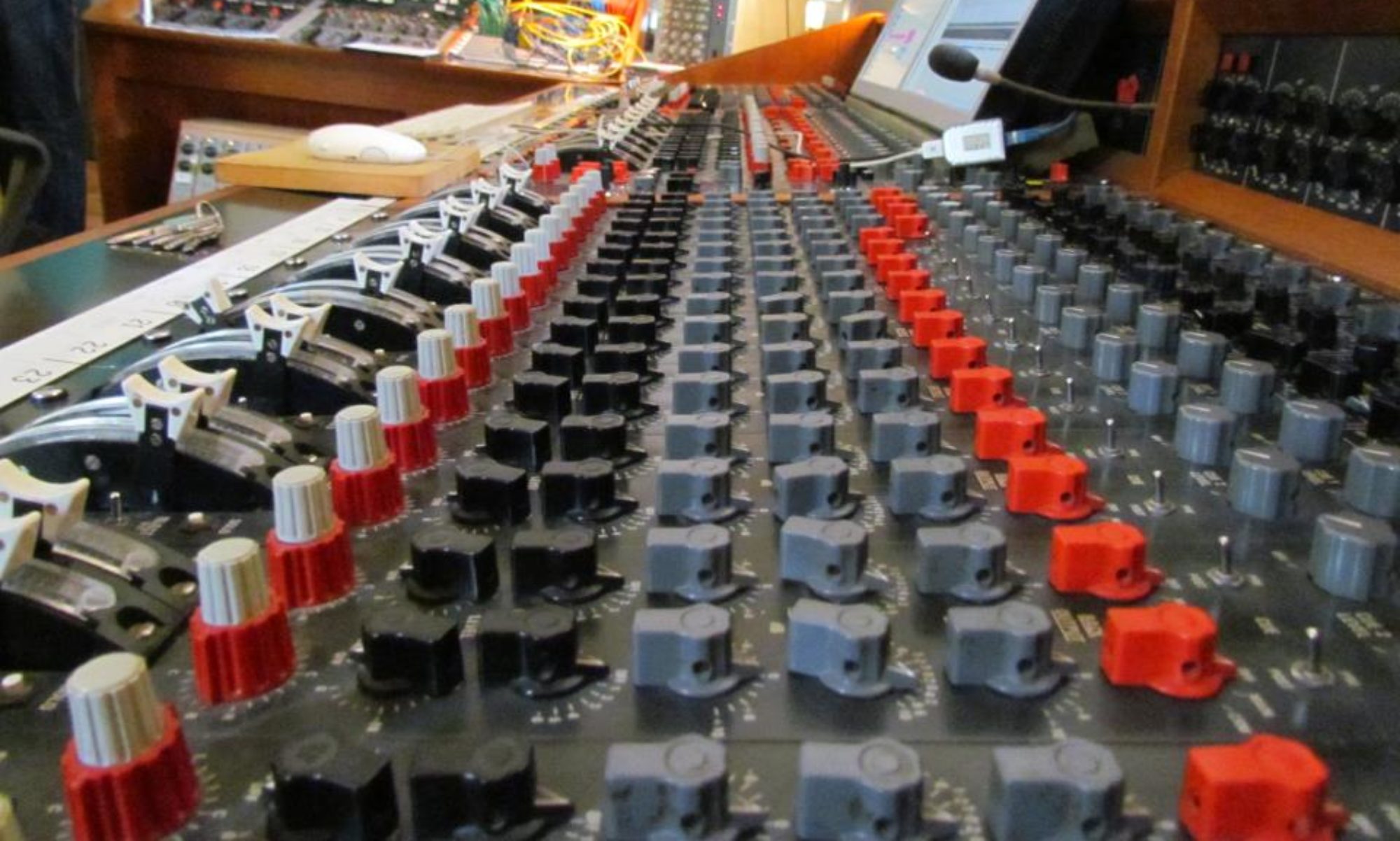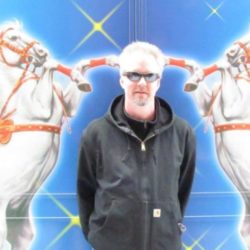Cool article in the Seattle Weekly about this year long project that I am Sound Design/ composer/ collaborator/ wizard for.

Spring Arts: KT Niehoff’s Collision Theory
The choreographer is eliminating the distance from her stage to where you sit. And she has another move in mind.
By Sandra Kurtz Wednesday, Feb 13 2013
KT Niehoff would like you to pay attention, please. That’s hardly unusual: Choreographers generally want you to watch their dances. But over the past few years, rather than just asking nicely, she’s been crafting work that shakes your expectations of how dance is seen, pushing your focus in a specific direction. Her newest project, Collision Theory, is her most ambitious to date, and it marks a shift in her own trajectory as an artist.
Collision in action.
When Niehoff first came to Seattle in the ’90s, to dance with Pat Graney’s company, she already had a broad skill set, with training as an actress and a singer as well as an entrepreneurial side. One of her first activities here was to help found Velocity Dance Center in 1996. From the beginning, if she hasn’t been able to find what she needs, she’s made it herself. And as she turned from performing in other people’s ensembles to creating her own, she incorporated all her talents in the process, making dances with text, with song, and, increasingly, with an agenda. Since Nourish in 2006, a combined dance concert/happy hour, she’s been adding a social component to stage events. Now with Collision Theory, the balance is shifting further: She’s creating social events with the resonance of performance.
Collision Theory began last June during On the Boards’ NW New Works series, but the dancing was only part of the overall experience. The audience was instructed to meet first in a restaurant and have a drink. After being led up the back stairs to watch a handful of dancers perched on tiny platforms scattered through the theater, viewers were then asked to write a letter to one of the performers. Dancers wrote back to the audience, too; and the next stage of the series was epistolary, ending in another cocktail party with the letters hung like paintings on the walls of Niehoff’s Capitol Hill studio. Since then she’s curated a series of parties (in a clothing store, a distillery, and a private home), each combining dance with different elements, but all creating social interaction between performers and spectators, all framing dance in an unusual context. It’s an incredible challenge for her dancers, who have found themselves performing on awkward platforms or among a crush of onlookers. Niehoff has crafted their material to emphasize articulation and complexity without large movements through space. These are vignettes that could be performed on a bus or in a club, but their energy draws our attention in a way that simple people-watching does not.
What all these events share is a sense of intensity-from the dancers, certainly, but also from the other people squeezed into the room. Us, in other words. When we chatted last year about Collision Theory, Niehoff recalled the experience of watching a popular TV show like Dallas, and how everyone would discuss it the next day at work or school. More recently, she’s said that she wants to use these performances to focus our attention on a particular idea or experience: “People weren’t there for a dinner party. This was about deepening your senses.”
Niehoff is about two-thirds of the way through the whole project, which will culminate at OTB in April. She’s also editing a pair of new short films and planning a visual art/movement installation at Suyama Space. And she’s still corresponding with people who’ve been following the series, creating a kind of Collision Theory fan community.
After April, however, Niehoff plans to step away from teaching and dance-making, dissolve her Lingo dance company, and take her notion of “alternative cultural events” outside the traditional nonprofit environment. “The historical way of working is counterproductive,” she said in a recent conversation about her frustration with chasing grants and donations, so she’ll look to develop a new paradigm.
For Collision Theory, Niehoff has been as much a producer/director as a performer, spending almost as much time working with florists and caterers as devising her choreography. To support her studio, she’s been renting it out for events and parties, and this could be part of her new path. In the next phase of her career, Niehoff may change out some of the creative components, but her goal will remain the same: to force us to really see and experience what’s in front of us, whether food or fashion, drinks or dance.

